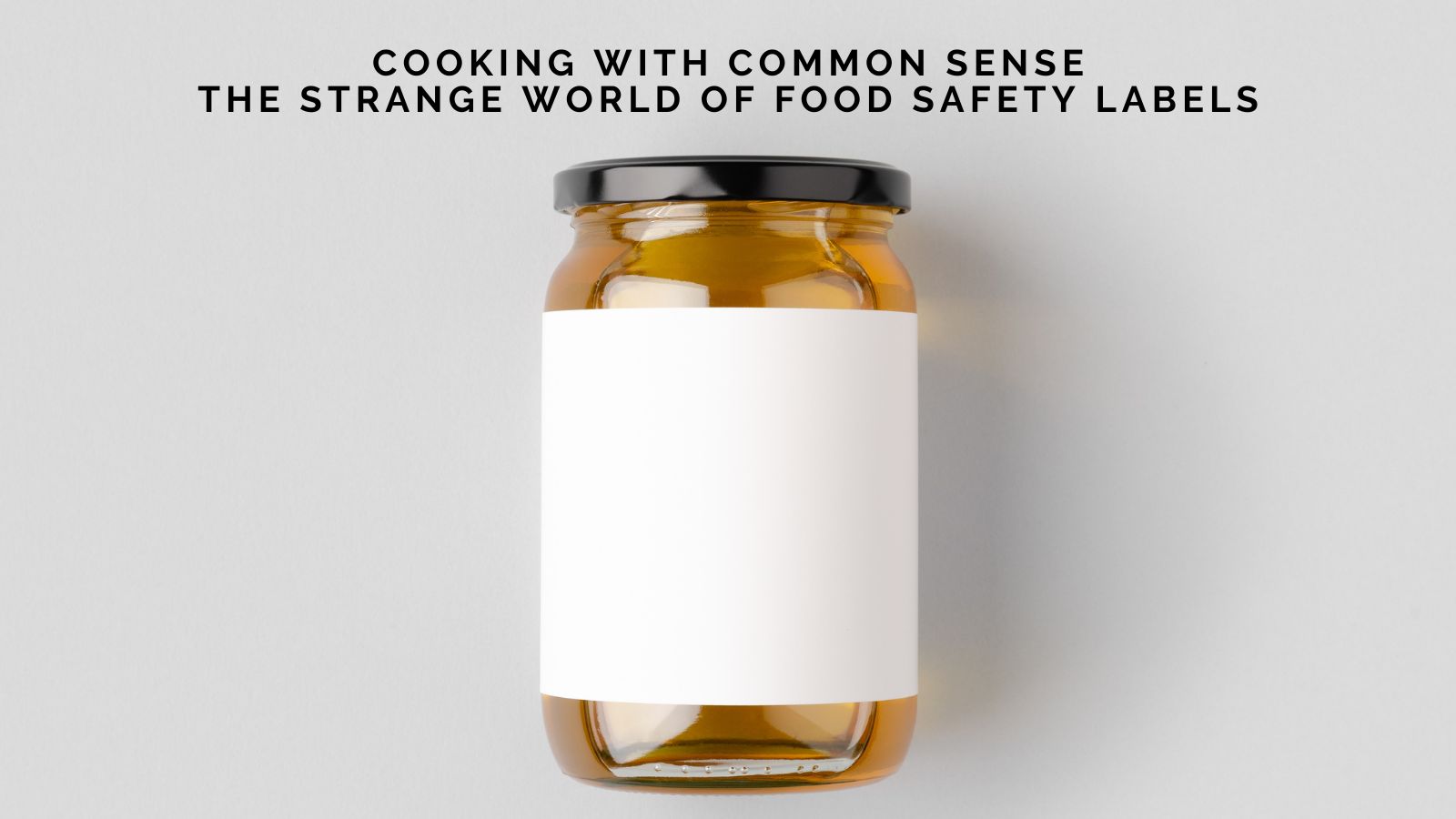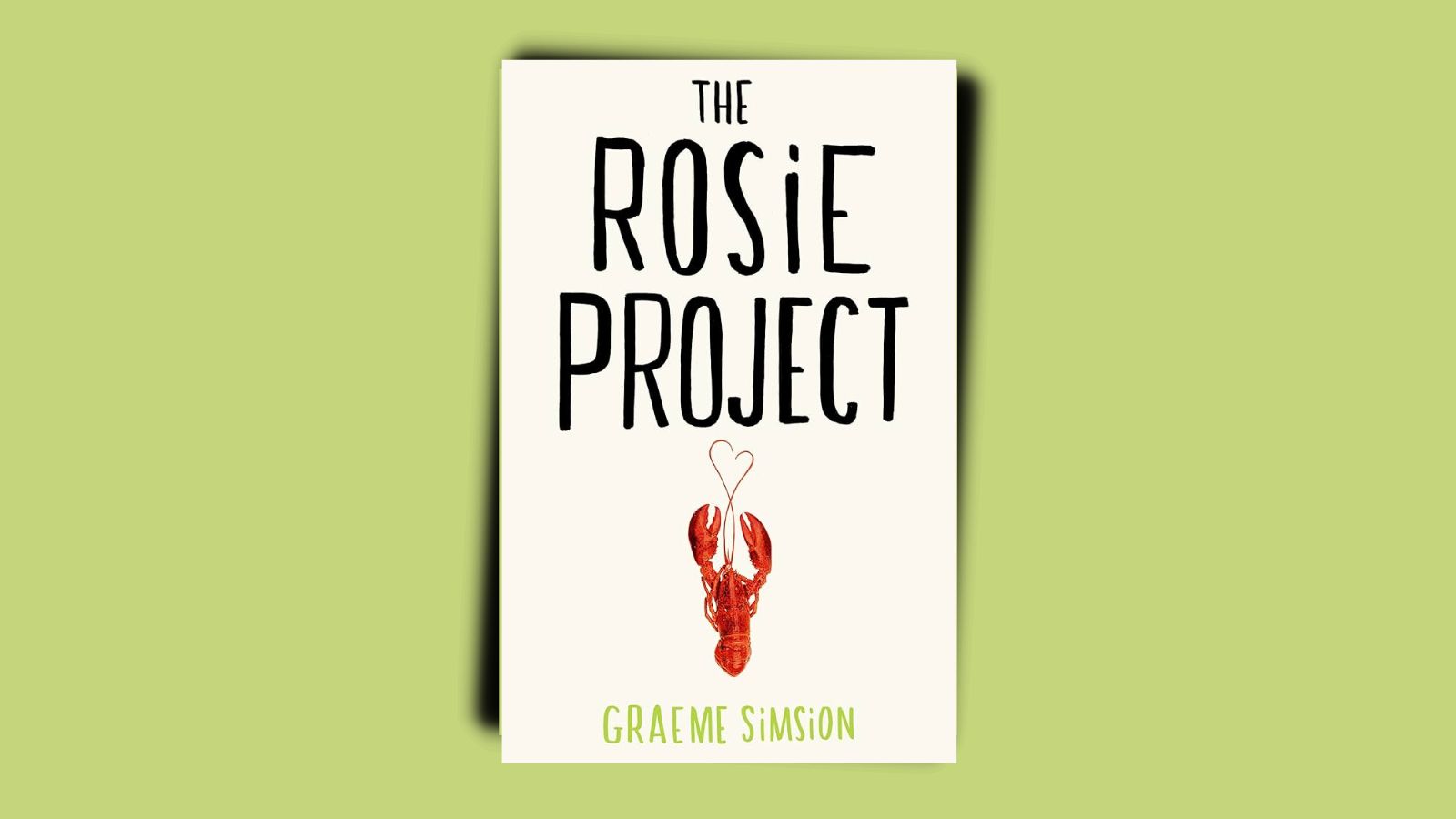
Labels — and therefore warnings — are everywhere these days, and food is no exception. Let’s face it, most of them sound daft. Many people will laugh at some of them because they are, indeed, incredibly daft. Or are they?
Unfortunately, many seemingly daft warnings exist because somebody, somewhere, did something daft. “Contents will be hot” is a prime example. This is usually because someone sued, and the company was either instructed to put the warning on their product or their own lawyers suggested it.
It’s still daft, but you have to cater for the lowest common denominator — and unfortunately, that means daft people. As we all know, daft people do daft things, and then attempt to sue you for millions. There’s an argument for saying “let Darwinism win out”, but the courts tend to take a grim view of this.
But what about this one:
This bag of peanuts may contain nuts.
Often this results in a joke or a shake of the head, but it’s actually necessary. Peanuts are not nuts — they are legumes. Nuts grow in a hard shell on trees, whereas legumes grow in clusters wrapped in a pod. They are not the same, regardless of what we call them (this is why a tomato is a fruit).
Then there are labels proclaiming: “100% of your RDA of niacin, iron, and vitamins A through D.” Great — so we can ignore the fact it contains more sugar than sugar itself, can we?
“Free from dairy/GMOs/fat/etc.” is another one often included to make a product sound better. Yes, your table salt is fat-free — in the same way your cat does not contain dog.
Allergens and intolerances are another matter entirely. In many countries, it’s a legal requirement to list them. So yes, it’s obvious that milk contains lactose, but the law was brought in to cover manufacturers against possible contamination issues. It just so happens it ended up meaning the warning must be printed even when it’s glaringly obvious.
A classic example is Himalayan salt. It’s 200 million years old — but apparently it expires next year. No, you’re not that unlucky. It’s all to do with the packaging, air and humidity exposure, legal requirements, and additives. The salt itself will still be perfectly fine in 100 million years; they just can’t put that on the label.
Some warnings exist for legal reasons, some to hide awkward truths, and some because a daft person once tried to heat up an unopened can of soup in the microwave.
_(26).jpg)












